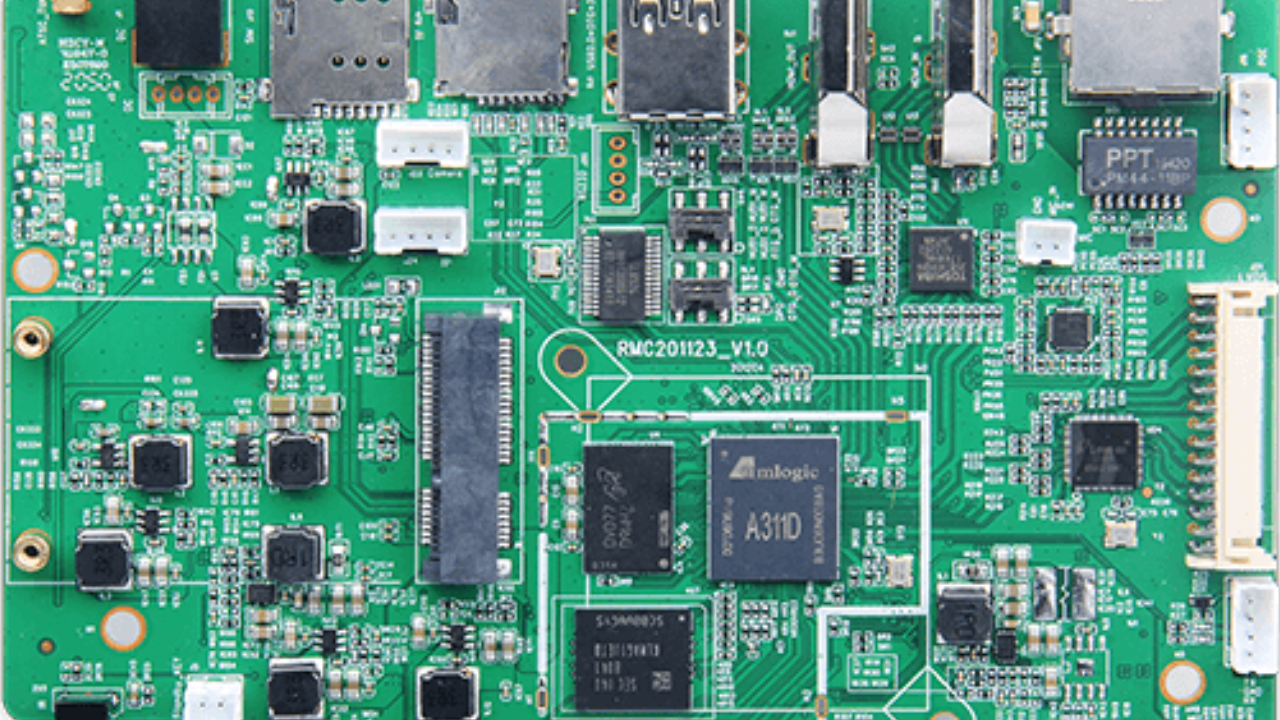Connectivity options are imperative components of embedded single board computer (SBCs), enabling consistent communication with external devices, systems, and peripherals. These alternatives cater to differing application needs and change based on the SBC's capabilities and the necessities of the extent. Whether it's Ethernet for reliable wired associations, Wi-Fi for remote organizing, Bluetooth for device pairing, USB for flexible fringe network, or HDMI for high-definition video yield, the accessible choices guarantee adaptability and versatility.
Moreover, highlights like GPIO, serial ports, CAN, PCIe, and cellular network advance enhance the SBC's network capabilities, enabling integration with different sensors, actuators, shows, and development modules. By advertising a wide run of network alternatives, Embedded SBCs enable engineers to form innovative solutions for IoT, mechanical mechanization, mixed media, communication, and more, tailored to meet the particular requests of their applications.
Examining Connectivity Alternatives in Embedded Single Board Computers (SBCs)
Network choices in Embedded single-board computers (SBCs) are essential for encouraging communication with outside devices, systems, and peripherals. These alternatives shift depending on the particular necessities of the application and the capabilities of the SBC. Let's investigate the different network alternatives accessible in Embedded SBCs:
Ethernet
Ethernet network is a crucial highlight in most Inserted SBCs, empowering wired arrange connections. SBCs ordinarily include Ethernet ports that support standard Ethernet conventions such as 10/100/1000 Mbps Ethernet. Ethernet network is imperative for applications requiring dependable and high-speed information exchange over neighborhood region systems (LANs) or the web.
Wi-Fi
Numerous Embedded SBCs come equipped with coordinates Wi-Fi modules, giving a remotely organized network. Wi-Fi permits SBCs to associate with Wi-Fi switches or get to focus, empowering remote communication within a nearby arrange or web access. Wi-Fi network is especially useful for applications where wired Ethernet associations are impractical or inaccessible.
Bluetooth
Embedded SBCs may moreover highlight Bluetooth networks, permitting them to communicate wirelessly with Bluetooth-enabled devices such as smartphones, tablets, and Bluetooth peripherals. Bluetooth network empowers consistent information trade, device matching, and remote control in different applications, counting IoT gadgets, wearable innovation, and domestic mechanization systems.
USB
Widespread Serial Transport (USB) ports are common in Inserted SBCs, providing versatile connectivity choices for outside gadgets and peripherals. USB ports back different USB standards and can be utilized to connect gadgets such as consoles, mice, capacity gadgets, cameras, and other USB peripherals. USB network improves the adaptability and expandability of Implanted SBCs, enabling the integration of a wide range of USB-compatible devices.
GPIO (General-Purpose Input/Output)
GPIO pins are basic network alternatives in Embedded SBCs, giving programmable computerized input and yield interfacing. GPIO pins empower SBCs to interface with outside sensors, actuators, switches, and other electronic components, permitting custom hardware integration and control. GPIO pins offer adaptability and flexibility for meddling with a wide run of outside gadgets and peripherals in inserted applications.
Serial Ports (UART, SPI, I2C)
Embedded SBCs regularly highlight serial ports such as UART (Inclusive Nonconcurrent Receiver-Transmitter), SPI (Serial Fringe Interface), and I2C (Inter-Integrated Circuit) for serial communication with external devices. Serial ports empower SBCs to communicate with sensors, shows, engine controllers, and other inserted frameworks utilizing standardized serial communication conventions. Serial ports give dependable and proficient information exchange for inter-device communication in implanted applications.
CAN (Controller Zone Organize)
A few Embedded SBCs may incorporate Controller Region Arrange (CAN) interfacing for communication in cars, mechanical automation, and other applications requiring strong and reliable serial communication. CAN interfacing empowers SBCs to associate with CAN systems and communicate with CAN-compatible devices such as sensors, actuators, and car subsystems. CAN network is essential for applications requiring real-time communication and blame resistance.
PCIe (Fringe Component Interconnect Express)
Embedded SBCs may highlight PCIe or smaller-than-expected PCIe openings for high-speed development cards, giving extra network choices such as Ethernet connectors, Wi-Fi modules, cellular modems, and solid-state drives (SSDs). PCIe network empowers SBCs to oblige specialized development cards for particular application necessities, upgrading flexibility and execution.
Cellular (4G/5G)
A few progressed SBCs may incorporate cellular network alternatives such as 4G LTE or 5G modules, empowering remote communication over cellular networks. Cellular network permits SBCs to get through to the web and communicate with remote devices and servers, making them appropriate for applications requiring portable networks, inaccessible checking, and IoT arrangements in inaccessible or portable situations.
Final Marks
Embedded SBCs offer a wide extend of network alternatives to meet the different needs of inserted and IoT applications. Whether it's Ethernet, Wi-Fi, Bluetooth, USB, HDMI, GPIO, serial ports, CAN, PCIe, or cellular network, the accessibility of these network alternatives guarantees that Implanted SBCs can consistently coordinate with outside gadgets, systems, and peripherals, empowering inventive and interconnected implanted arrangements.


